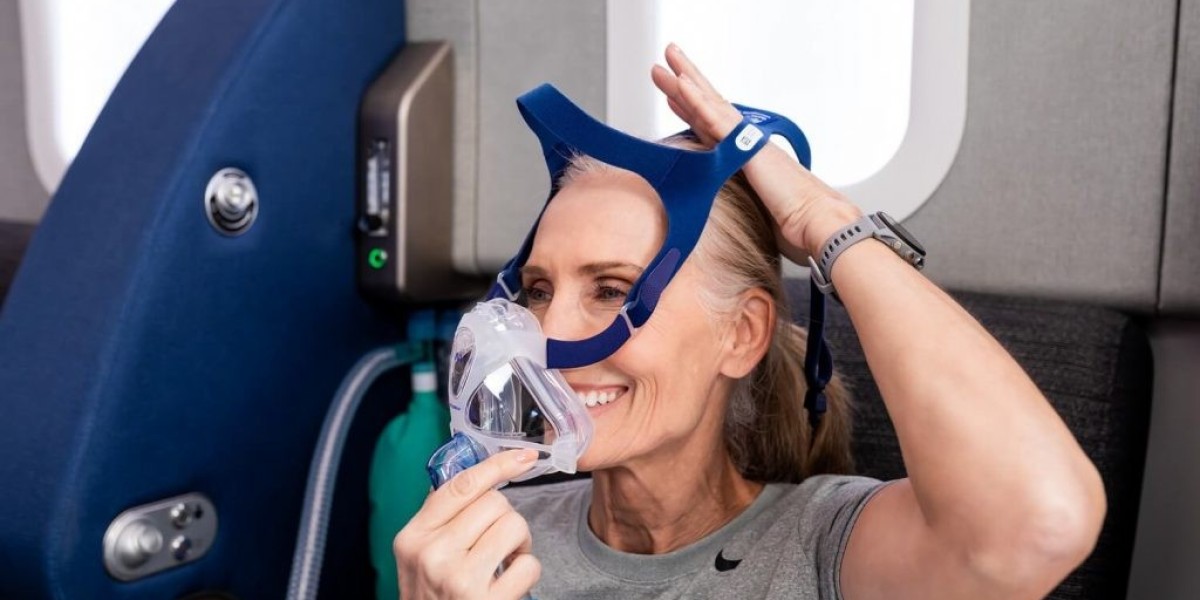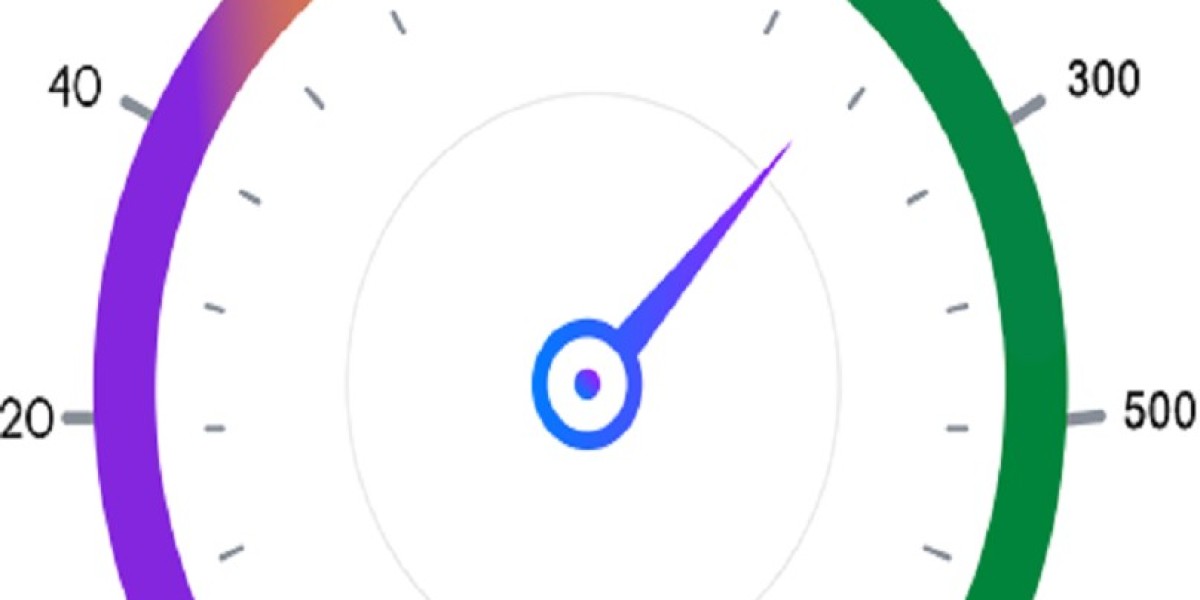Oxygen therapy is a treatment that provides extra oxygen for individuals who have difficulty maintaining adequate oxygen levels in their blood. Commonly used by people with chronic respiratory conditions like COPD, emphysema, or pulmonary fibrosis, home oxygen therapy can improve quality of life, reduce breathlessness, and support overall well-being. Administered through devices like oxygen concentrators or tanks, the therapy ensures your body receives the oxygen it needs for proper functioning. Being able to access this treatment in the comfort of your own home can make long-term respiratory care more manageable and effective.
Types of Oxygen Delivery Systems:
When beginning Oxygen Therapy at Home in Dubai (العلاج بالأكسجين في المنزل في دبي), it’s important to know the types of delivery systems available. The most commonly used is the oxygen concentrator, a machine that draws in ambient air and filters out nitrogen, delivering a purified stream of oxygen. These machines are ideal for continuous daily use and are available in stationary and portable models. Another option is the compressed oxygen cylinder, which stores oxygen under pressure. There’s also the liquid oxygen system, offering higher oxygen concentrations and portability, though it requires regular refills. Each system has its pros and cons, depending on mobility needs and usage frequency.
Getting Started: Equipment and Setup:
Setting up oxygen therapy at home starts with arranging your living space to accommodate the equipment. Stationary concentrators need a stable surface near a power source and good airflow around them. Long tubing allows you to move freely within your home. If you use portable systems, they should be charged or filled regularly and stored safely. Ensure that nasal cannulas or oxygen masks are properly fitted and replaced as recommended to maintain hygiene. All components should be inspected regularly for wear and cleanliness. Familiarizing yourself with the equipment manual and its functions helps promote safe and effective use.
Safety Precautions for Home Use:
Using oxygen at home requires following strict safety protocols. Since oxygen supports combustion, avoid using the equipment near open flames, lit cigarettes, or flammable substances such as aerosol sprays or cleaning agents. Never store oxygen cylinders in confined, unventilated spaces or near heat sources. Electrical cords and outlets used for concentrators should be in good condition to avoid fire hazards. Post "No Smoking" signs in areas where oxygen is used. Proper ventilation in the room is essential, and alarms on the equipment should never be disabled or ignored. By adhering to these precautions, you can minimize risks and ensure a safe environment.
Monitoring and Managing Usage:
Tracking your oxygen levels is a critical part of home oxygen therapy. A pulse oximeter—a small device clipped onto your finger—can help you monitor your blood oxygen saturation. It's important to use the oxygen exactly as recommended, following prescribed flow rates and durations. Do not adjust settings unless you are instructed to do so, as incorrect levels can lead to oxygen toxicity or inadequate oxygenation. Keep a daily log of your oxygen use and symptoms to help identify patterns or issues. Maintaining regular routines and learning how your body responds to therapy can enhance your confidence and ability to self-manage.
Lifestyle Adjustments and Support:
Incorporating oxygen therapy into your daily life may take some adjustment, but it doesn't have to limit your activities. With portable systems, you can continue going outside, engaging in hobbies, and even traveling—provided you plan ahead. Lightweight oxygen systems with battery backup can support mobility. It’s helpful to establish a routine that includes cleaning the cannula, checking equipment function, and preparing backup supplies. Emotional support from family or joining online support groups can also be beneficial. Understanding that oxygen therapy is a tool to empower your independence—not restrict it—can help you embrace it as a positive change.
Troubleshooting and Long-Term Success:
Even with careful preparation, occasional challenges with home oxygen therapy can arise. Tubing can become kinked, connectors might loosen, or filters may need replacing. Familiarizing yourself with basic troubleshooting—like checking for airflow blockages or restarting the concentrator—can solve many common issues. If your device has alarms, learn what each sound indicates. Keep backup supplies accessible and ensure your equipment undergoes regular maintenance. As your condition evolves, your oxygen needs might change, requiring equipment adjustments. Staying informed, proactive, and organized contributes greatly to the success of long-term oxygen therapy at home.
Conclusion:
Starting Oxygen Therapy at Home in Dubai (العلاج بالأكسجين في المنزل) may seem overwhelming at first, but with the right knowledge and preparation, it becomes a manageable and empowering part of your daily routine. Understanding the equipment, following safety measures, and making necessary lifestyle adjustments can greatly enhance your comfort and quality of life. By staying consistent, monitoring your oxygen levels, and being proactive about care and maintenance, you can experience the full benefits of home oxygen therapy. Remember, this therapy is designed to support your independence, improve your breathing, and help you live a more active and fulfilling life at home.






